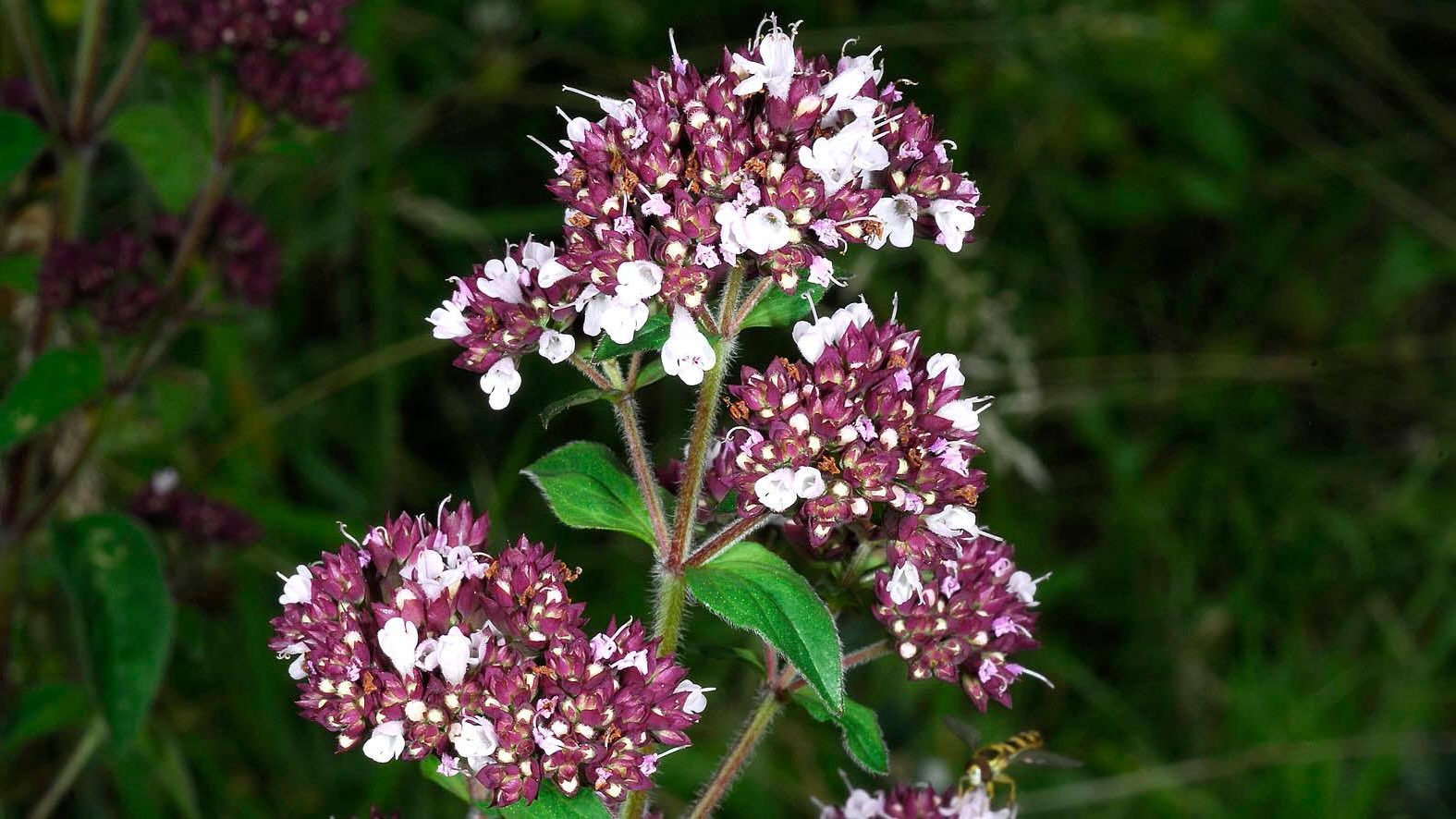
Origanum, commonly known as oregano, is a popular herb used in cooking and medicine. But did you know there's more to this plant than just its culinary uses? Oregano belongs to the mint family and has over 40 species. It's not just a kitchen staple; it has a rich history and numerous health benefits. Ancient Greeks and Romans used it for medicinal purposes, believing it could cure various ailments. Today, it's known for its antioxidant properties and potential to fight bacteria. Whether you're a gardener, chef, or health enthusiast, learning about origanum can be both fun and beneficial. Ready to dive into some fascinating facts about this versatile herb?
25 Facts About Origanum
Origanum, commonly known as oregano, is a popular herb used in various cuisines worldwide. Its rich aroma and flavor make it a staple in many kitchens. But there's more to this herb than meets the eye. Let's dive into some fascinating facts about origanum.
Origins and History
Origanum has a long and storied past, with roots tracing back to ancient civilizations.
- Ancient Greece: Oregano was revered by the Greeks. They believed it was created by the goddess Aphrodite and used it as a symbol of joy and happiness.
- Roman Empire: Romans adopted oregano from the Greeks and used it extensively in their cooking and medicine.
- Medieval Europe: During the Middle Ages, oregano was used to preserve meat and mask the taste of spoiled food.
Botanical Characteristics
Understanding the plant itself can give insight into its versatility and uses.
- Perennial Herb: Oregano is a perennial plant, meaning it can live for more than two years.
- Mint Family: It belongs to the mint family, Lamiaceae, which includes other herbs like basil, mint, and thyme.
- Varieties: There are over 40 species of origanum, each with unique flavors and uses.
- Height: The plant typically grows between 20 to 80 centimeters tall.
- Leaves: Oregano leaves are small, oval, and dark green, often with a slightly fuzzy texture.
Culinary Uses
Oregano's robust flavor makes it a favorite in many dishes.
- Italian Cuisine: It's a key ingredient in Italian dishes like pizza, pasta sauces, and marinades.
- Greek Dishes: Greek cuisine uses oregano in salads, meats, and fish dishes.
- Mexican Food: Mexican oregano, a different species, is used in chili, salsas, and stews.
- Flavor Enhancer: Oregano can enhance the flavor of tomato-based dishes, grilled meats, and vegetables.
Health Benefits
Oregano isn't just tasty; it's also packed with health benefits.
- Antioxidants: Rich in antioxidants, oregano helps fight free radicals in the body.
- Anti-inflammatory: It has anti-inflammatory properties that can help reduce swelling and pain.
- Antibacterial: Oregano oil is known for its antibacterial properties, effective against various bacteria.
- Digestive Aid: It can aid digestion by stimulating bile flow.
- Rich in Nutrients: Oregano is a good source of vitamins A, C, K, and minerals like iron, manganese, and calcium.
Cultural Significance
Oregano holds a special place in various cultures around the world.
- Symbol of Joy: In ancient Greece, oregano was a symbol of joy and happiness. Brides and grooms were crowned with oregano wreaths.
- Medicinal Uses: Traditional medicine in many cultures uses oregano to treat ailments like colds, indigestion, and muscle pain.
- Folklore: In European folklore, oregano was believed to ward off evil spirits and protect against witchcraft.
Growing and Harvesting
Growing your own oregano can be rewarding and beneficial.
- Easy to Grow: Oregano is relatively easy to grow, requiring well-drained soil and plenty of sunlight.
- Propagation: It can be propagated through seeds, cuttings, or division.
- Harvesting: The best time to harvest oregano is just before the flowers bloom when the leaves have the most flavor.
- Drying: Oregano can be dried and stored for later use, retaining its flavor for months.
Fun Facts
A few quirky tidbits about oregano that might surprise you.
- Bee Magnet: Oregano flowers attract bees, making it a great plant for pollinator gardens.
Origanum, with its rich history, diverse uses, and numerous benefits, is truly a remarkable herb. Whether you're cooking up a storm or looking for natural remedies, oregano has something to offer.
The Final Word on Origanum
Origanum, or oregano, isn't just a kitchen staple; it's a powerhouse of benefits. From its medicinal properties to its culinary versatility, this herb has been cherished for centuries. Ancient Greeks and Romans used it for its healing powers, and today, it's a go-to for adding flavor to dishes worldwide. Rich in antioxidants and anti-inflammatory compounds, oregano supports overall health. It’s also a natural antibacterial agent, making it useful beyond the kitchen. Whether you're growing it in your garden or buying it dried, oregano is easy to incorporate into daily life. Next time you sprinkle some on your pizza or brew a cup of oregano tea, remember you're partaking in a tradition that spans millennia. So, keep this herb handy, and enjoy all the amazing benefits it offers.
Was this page helpful?
Our commitment to delivering trustworthy and engaging content is at the heart of what we do. Each fact on our site is contributed by real users like you, bringing a wealth of diverse insights and information. To ensure the highest standards of accuracy and reliability, our dedicated editors meticulously review each submission. This process guarantees that the facts we share are not only fascinating but also credible. Trust in our commitment to quality and authenticity as you explore and learn with us.
